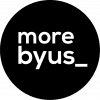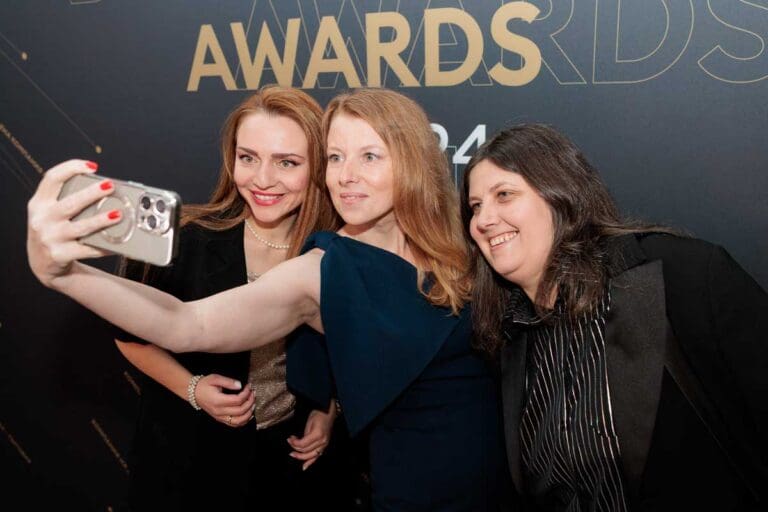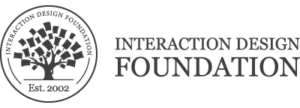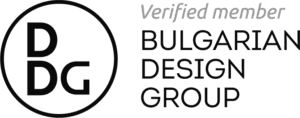When contemplating web design, the initial thoughts often gravitate towards visuals – the aesthetic appeal, beautiful images, and creative videos. Colors and typography, crucial components, seamlessly convey messages without conscious thought from the average user. We instinctively associate rainbow hues with children’s content, serious tones with legal businesses, and opulent shades like black, gold, or royal red with luxury brands. Effective design conveys a website’s essence at a glance.
But what happens when the design isn’t done the way it should be?
Imagine entering a webpage named “Sunflower Daycare” colored in black and dark shades of gray – an immediate dissonance is felt. Typography, though sometimes underestimated, is equally important. And while responsiveness, navigation and accessibility might linger as afterthoughts for users, their absence or ineffectiveness prompts swift exits.
While you might not notice when web design is perfect, you’ll certainly spot its flaws when executed poorly. Creating a website involves numerous details, both small and significant. In this article, we’ll guide you through the hierarchy of these crucial elements in web design – their chronological order, relative importance, and the often-overlooked nuances.
Starting with Colors
Colors have immense influence over user emotions and perceptions, making them an important aspect of web design. By exploring color psychology, we can discover how various hues trigger specific emotions and responses from users. Color theory, a fundamental framework in design, guides us in harmonizing and contrasting colors to create visually appealing and impactful interfaces.
For example, calming blue hues often convey trust, making them a common choice for big companies aiming to instil trust in their clients. On the flip side, red, often associated with love, also signifies urgency.
Which reminds us that there aren’t hard written rules and often different hues of the same color can evoke different emotions. A color’s meaning can also be influenced by different factors like context and culture considerations. However it’s good to understand the basics before exploring the exceptions or going against conventional rules.
While we won’t suggest a return to first-grade lessons, revisiting the color wheel can be beneficial. It aids not only in understanding color meanings but also in mastering combinations through various schemes like analogous, complementary, and monochromatic.
Analyzing websites that use color well can help you gain valuable insights. For instance, health and wellness sites often use calming blues and greens for a serene feel. On e-commerce platforms, vibrant and contrasting colors grab attention and guide users easily.
And if you’re unsure about choosing the best colors for your brand and website, consider trying our color quiz or, even better, consult with one of our designers for assistance.

Moving on to typography.
Typography plays an important role in making a visually engaging and legible website. The choice of fonts, their sizes, and spacing are critical elements that significantly impact the overall design. By selecting appropriate typography, a website not only enhances its visual appeal but also ensures a seamless and enjoyable reading experience for users.
The importance of font choices goes beyond aesthetics, it contributes significantly to brand identity and user experience. Different fonts convey distinct emotions and characteristics. For example, a modern sans-serif font might represent a sleek and contemporary brand, while a classic serif font could evoke a sense of tradition and sophistication.
As with colors, there’s no one-size-fits-all approach to typography. It’s crucial to align font choices with the brand’s personality and the intended user experience. Through careful consideration of typography, a website can communicate its message clearly, enhance brand recognition, and create a positive interaction with users. On the flip side, a poorly chosen font has the potential to ruin the user experience.

Finishing off with Responsiveness and Navigation:
Navigation and accessibility contribute to a seamless user experience. While typography and colors don’t have one-size-fits-all rules, navigation follows more strict principles that every-one should follow, regardless of brand or company type. A website should be intuitive and easy to use for users of all ages and technical backgrounds. Moreover, the design should prioritize accessibility to ensure everyone, regardless of abilities, can use and enjoy the platform.
Other than navigation, responsiveness also plays a pivotal role in creating a user-friendly web experience across various devices. In today’s multi-device landscape, the criticality of responsiveness cannot be overstated. It’s about ensuring your website looks and functions seamlessly on screens of all sizes, from desktops to smartphones.
Designing for various screen sizes poses its challenges, from accommodating diverse resolutions to addressing different aspect ratios. This is where responsive design techniques and frameworks come into play, offering solutions to create adaptable and user-friendly interfaces.
By prioritizing these aspects, your website not only becomes visually appealing but also functional and inclusive.

But hey, before we move on to the conclusion, we have to mention a few other crucial design elements that can’t be absent from your design. The important design elements we purposely missed, to avoid overwhelming you with information, are shapes, layouts, UI elements, images, and iconography.
Shapes are fundamental visual elements in graphic design, capable of conveying meaning, structure, and emotion. From circles to triangles, each shape carries its own significance. By strategically incorporating shapes into design, designers can guide the viewer’s eye, create emphasis, and evoke specific emotions.
Layouts are the backbone of graphic design, determining the arrangement of visual elements within a composition. A well-designed layout ensures clarity, hierarchy, and readability, guiding the viewer through the content seamlessly. Whether it’s a grid-based layout for a structured appearance or a dynamic asymmetrical layout for a sense of movement and energy, the layout sets the tone for the overall design.
UI (User Interface) elements are the building blocks of digital interfaces, including buttons, menus, forms, and more. These elements not only facilitate user interaction but also contribute to the overall user experience. From intuitive navigation bars to interactive sliders, well-designed UI elements enhance usability, accessibility, and engagement, ultimately leading to a more enjoyable and efficient user experience.
Images play an important role in visual storytelling, bringing out emotions, conveying messages, and capturing attention. Whether it’s photographs, custom illustrations, or carefully curated stock images, visuals breathe life into design. By selecting and incorporating images thoughtfully, designers can bring out desired emotions and reinforce brand identity.
Iconography involves the design and use of visual symbols or icons to represent concepts, actions, or objects. Icons simplify complex information, aid navigation, and enhance visual communication in digital and print designs. Through consistent style, meaningful symbolism, and clear representation, iconography helps users quickly understand and interact with interfaces, contributing to a seamless and intuitive user experience.

Alright, let’s sum it up. We’ve been talking about four key players in the web design game: colors, typography, navigation and responsiveness. These aren’t just fancy terms, they’re the building blocks of how your website looks and feels.
Colors aren’t just for show, they’re the emotions on your website. Typography is more than just looking good, it’s about telling your story. Responsiveness ensures your site works seamlessly on any device – computer, tablet, or phone. And, of course, navigation keeps everyone on the right path, creating a smooth journey for your users.
After giving it some thought, we’ve noticed that, in the usual flow of things, you’d kick off with choosing typography and colors since they’re often pre-determined by your brand. Then, after setting up the visual elements, you’d move on to crafting the navigation and lastly, you’d round it off with addressing responsiveness.
While choosing which one comes first, even though not a strict rule, might’ve been easy, figuring out which one is the most important proved to be a bit tricky. The truth is, they’re all equally important. The real magic happens when these elements come together like a symphony, creating an impact that connects with your audience. It’s not about one stealing the show, it’s about their combined influence forming something that clicks with your visitors. If all of these elements are made the right way, your site should be ready to go.
And if it feels too scary to do it alone, we are always here to guide you through the process with our design services tailored for startups or big companies, depending on your brand.






















